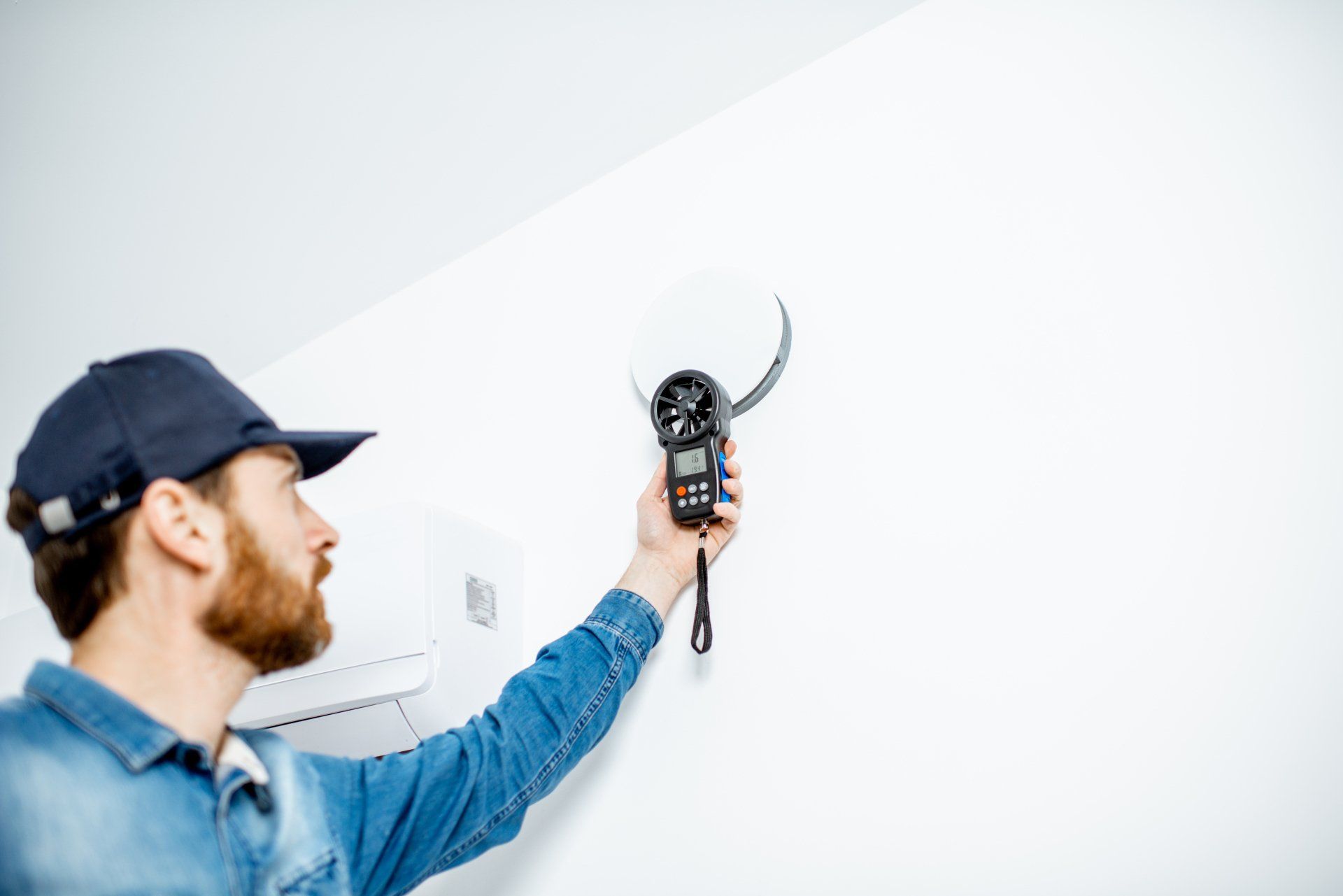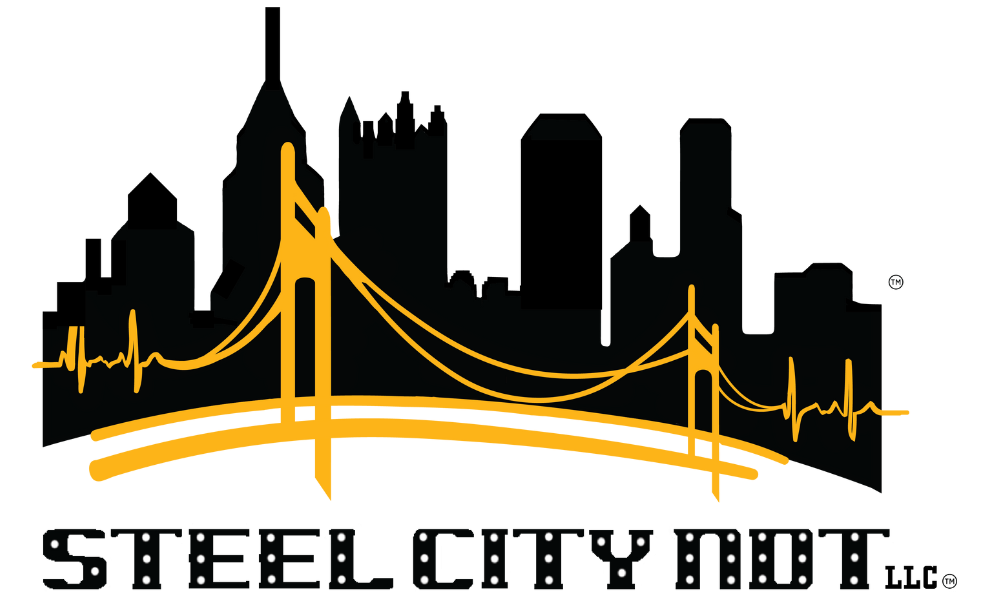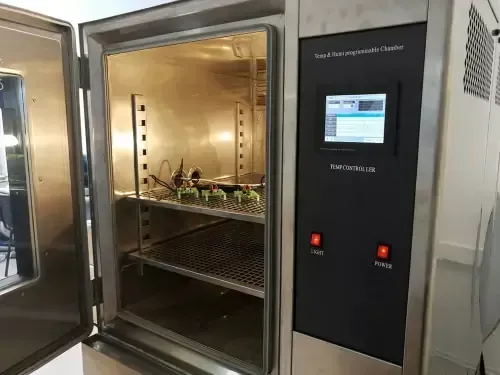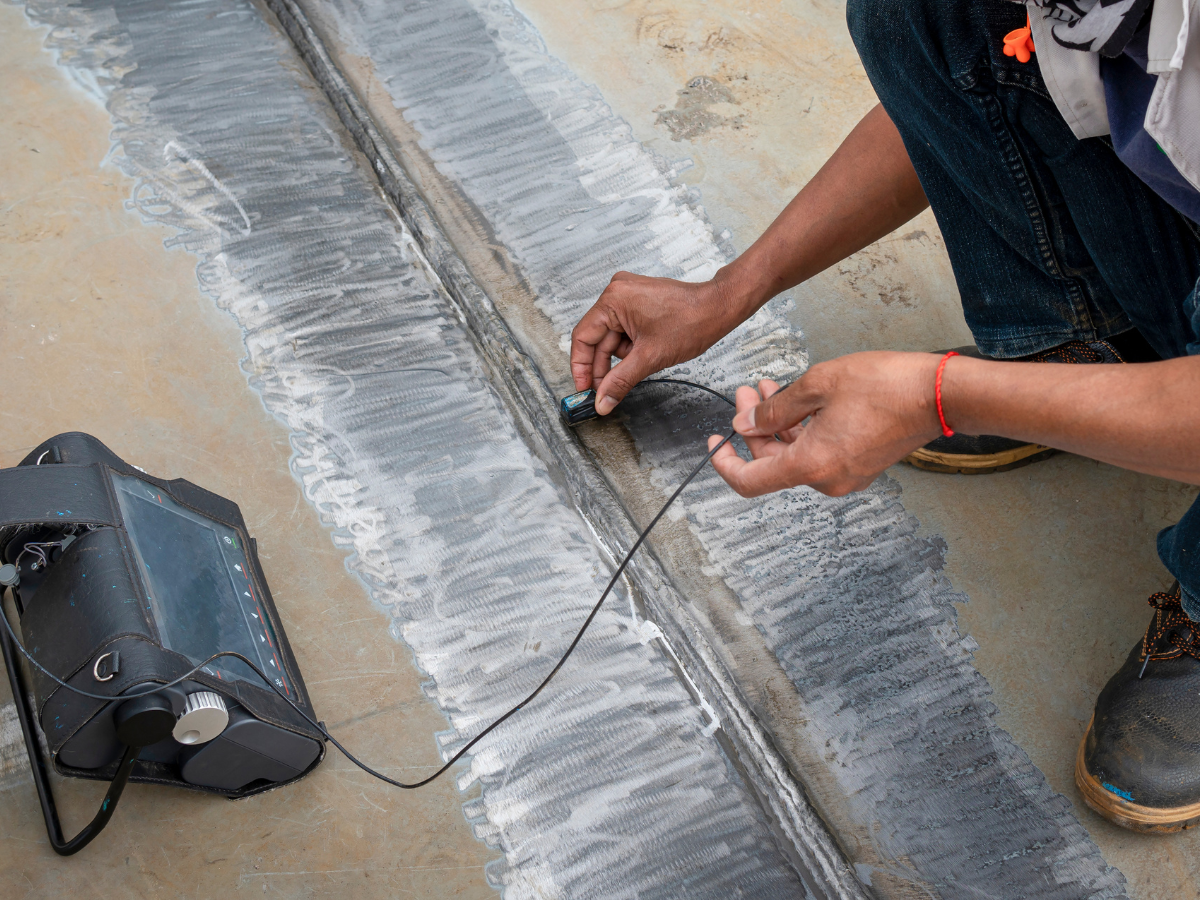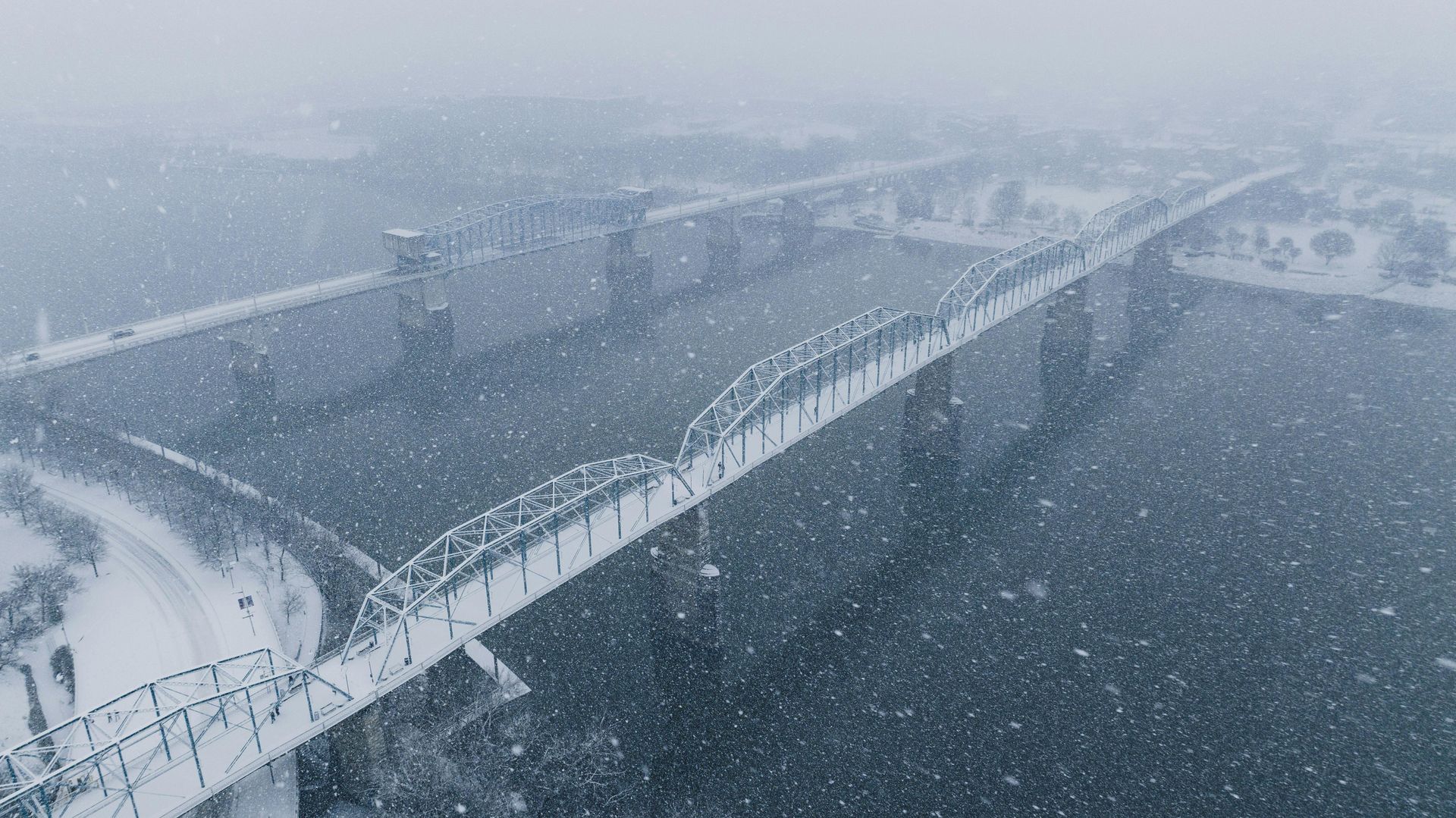Different Types of Visual NDT Testing
September 6, 2024
In the world of engineering and manufacturing, visual NDT testing plays a pivotal role. It's a cost-effective and simple method for detecting defects in materials.
Visual NDT testing, or
non-destructive testing, involves a variety of techniques. These methods allow professionals to inspect materials without causing damage.
From basic visual inspection to advanced X-ray testing, these methods are diverse. They each have their unique applications, advantages, and limitations.
This article aims to provide a comprehensive overview of these techniques. It will delve into the nuances of visual NDT testing, helping professionals make informed decisions.
Whether you're an engineer, a quality assurance professional, or a student in a technical discipline, this guide is for you. Dive in to explore the fascinating world of visual NDT testing.
Understanding Visual NDT Testing
Visual NDT testing is a cornerstone of quality control in many industries. It's a non-invasive method of inspecting materials for defects.
The primary advantage of visual NDT testing is its simplicity. It doesn't require complex equipment or procedures. Yet, it can detect a wide range of defects, from surface cracks to internal flaws.
Visual NDT testing is also cost-effective. It doesn't damage the material being inspected, reducing waste and saving money.
Here are some common types of visual NDT testing methods:
- Visual inspection
- X-ray testing
- Radiographic Testing
- Thermal Testing
The Basics of Visual Inspection
Visual inspection is the most basic form of NDT. It involves a simple visual check of the material.
This method can detect surface defects like cracks, corrosion, and discoloration. It's often the first step in the inspection process.
However, visual inspection has its limitations. It can't detect internal flaws or defects that are too small to see with the naked eye.
Tools and Equipment for Visual NDT
While visual inspection can be simple, it often requires specialized tools. These tools enhance the inspector's ability to detect defects.
For instance,
borescopes allow for inspection of hard-to-reach areas. Magnifying glasses can help detect small defects. Mirrors can be used to inspect hidden surfaces.
The Importance of Training and Experience
The effectiveness of visual NDT testing largely depends on the inspector's skill. Proper training is crucial to accurately identify and interpret defects.
Experience also plays a significant role. Experienced inspectors can often detect subtle signs of defects that less experienced inspectors might miss.
Moreover, understanding the material properties and potential defect types is key. This knowledge helps inspectors make accurate assessments.
X-ray and Radiographic Testing
X-ray testing is another common method of visual NDT testing. It's used to detect internal flaws that can't be seen with the naked eye.
This method involves passing X-rays through the material. The X-rays are absorbed differently by different parts of the material, revealing any internal defects.
Radiographic Testing (RT) is a similar method. It uses penetrating radiation, like X-rays or gamma rays, to examine materials.
Here are some key applications of X-ray and Radiographic Testing:
- Detecting internal flaws in metal parts
- Inspecting welds for hidden defects
- Checking for corrosion under insulation
Safety Measures in X-ray Testing
X-ray testing requires strict safety measures. The X-rays used in this method can be harmful if not properly controlled.
Inspectors must wear protective clothing to shield against radiation. They also need to use radiation detectors to monitor exposure levels.
Moreover, the testing area should be properly shielded and marked with warning signs. This helps prevent accidental exposure to radiation.
Limitations of Radiographic Testing
While X-ray and Radiographic Testing are powerful tools, they have their limitations. One major limitation is the need for access to both sides of the sample.
These methods also require a high level of skill to interpret the results. Misinterpretation can lead to false positives or negatives.
Finally, these methods can be time-consuming and costly. They're typically used when other, simpler methods are not sufficient.
Photo By: InnovaTech
Thermal Testing in Visual NDT
Thermal Testing is another type of visual NDT testing. It uses temperature variations to detect defects.
This method involves heating the material and observing how it cools. Defects can cause changes in the cooling pattern, revealing their presence.
Here are some key applications of Thermal Testing:
- Detecting subsurface defects
- Inspecting composite materials
- Checking for delamination in layered materials
Applications of Thermal Testing
Thermal Testing is widely used in various industries. In the aerospace industry, it's used to inspect composite materials for defects.
In the construction industry, it's used to check for delamination in layered materials. This can help prevent structural failures.
Thermal Testing is also used in the automotive industry. It can detect defects in engine components, helping to prevent breakdowns.
Advancements and Future Trends
Technological advancements have greatly impacted visual NDT testing. Digital tools and software have enhanced visual inspection capabilities.
Remote
visual inspection is now possible with the use of drones and robotic crawlers. This allows for inspection in hard-to-reach areas.
Here are some future trends in visual NDT testing:
- Automation of inspection processes
- Use of artificial intelligence for defect detection
- Integration of visual NDT testing with other NDT methods for comprehensive analysis
Digital Tools and Remote Inspection
Digital tools have revolutionized visual NDT testing. High-resolution cameras and advanced software can now provide detailed images for inspection.
Remote visual inspection is another advancement. Drones and robotic crawlers can access hard-to-reach areas, making inspection safer and more efficient.
The Role of AI and Automation
Artificial Intelligence (AI) and automation are set to transform visual NDT testing. AI can analyze images and detect defects with high accuracy.
Automation can speed up the inspection process. It can also reduce human error, making the results more reliable.
The integration of AI and automation in visual NDT testing is a promising trend. It can lead to more efficient and accurate inspections.
Conclusion: The Role of Visual NDT in Industry
At Steel City NDT, we understand the crucial role that visual NDT testing plays across various industries. Our commitment to ensuring the safety and integrity of structures is paramount, as it helps prevent costly failures and maintains the highest standards of quality.
With the advancements in technology, visual NDT testing has become more efficient and accurate than ever before. As we embrace the integration of AI and automation, we are excited about the future of visual NDT testing and the positive impact it will have on our industry.
If you're looking to enhance the quality and safety of your materials and structures, look no further. Our team at Steel City NDT is dedicated to providing top-notch visual NDT testing services tailored to your needs.
Contact us today to learn more about how we can assist you in maintaining the quality and safety of your operations.
You might also like
